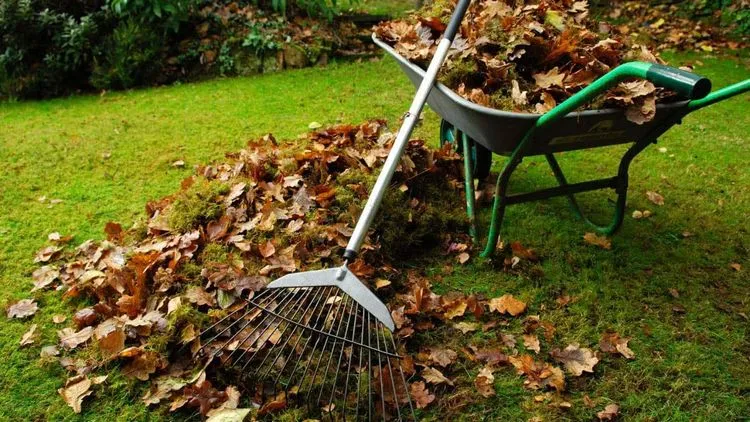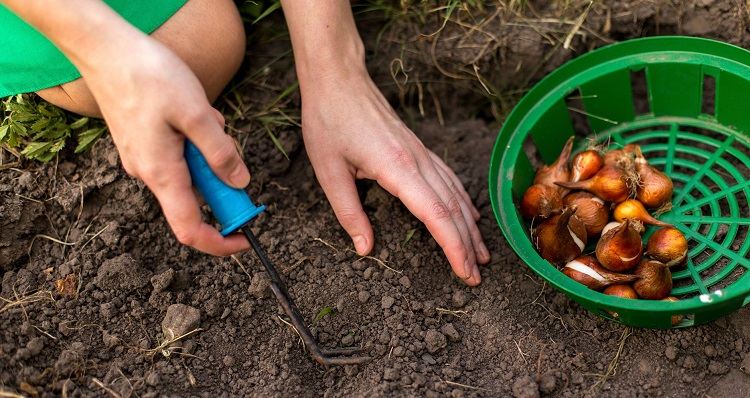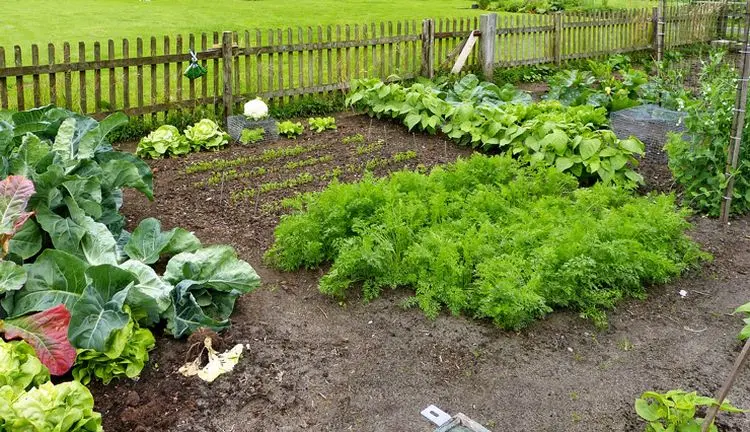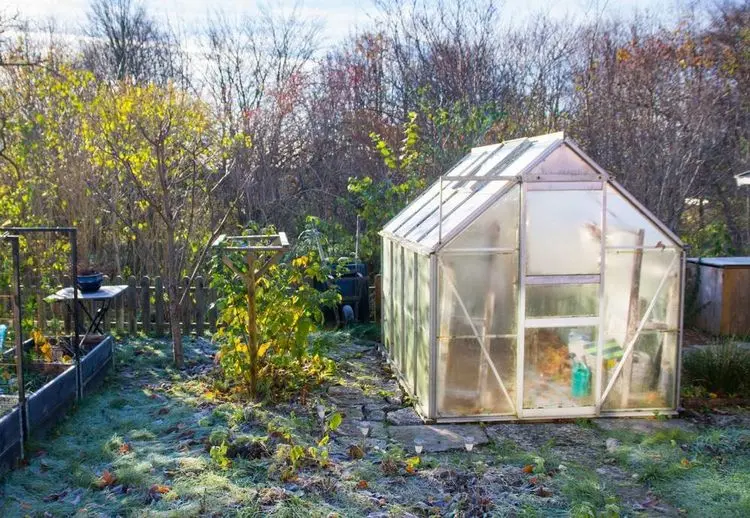Fall means the weather is getting cooler and it can be quite stressful to get all of the fall yard chores done before the snow falls. That’s why we’ve compiled a list of tasks you should not skip this season. These are the fall gardening chores you should do. Below is a checklist.
Fall Gardening: Rake up the leaves before it snows

Leaves left on the lawn over the winter can cause patchy dead spots. Raking up leaves before winter is very important to the health of your lawn. You can collect the foliage and then spread it around your garden as a natural mulch or just toss it in the compost bin. Foliage is like free gold to gardeners and has a lot of benefits in the garden.
Protect newly planted perennials and shrubs

It is advisable to mulch newly planted perennials and shrubs that are not yet well established to prevent the root ball from lifting out of the ground during winter. Mulch helps the soil maintain a more even temperature.
Take care of the perennial plants in pots

Perennial plants in containers and pots are much more exposed to winter temperatures than plants in the ground. To help them survive, consider placing the pots in a greenhouse or on the sunniest side of your home where it will be warmer.
Remove annual plants from containers
When fall arrives, it’s time to remove the annuals and store the pots for the winter. This can be tricky, as long-flowering plants still look great in the fall, but once frost sets in, you’ll wish you’d removed them sooner. Healthy annual plants can be composted and diseased plants should be discarded.
Fall Gardening – It’s fall planting time

The still warm soil and the relatively cool air temperatures promote healthy root growth of the plants, which return every year. Divide or move plants in the garden. Ideally, you should give the roots at least six weeks to settle into their new home before the ground freezes. Fall is the best time to plant spring flowering bulbs such as tulips, daffodils, crocuses and a variety of other plants that you will find at your garden center at this time of year. Combine them with perennials like hostas and catnip to cover the bulbs during dormancy.
Fall Gardening: Prepare your vegetable garden for next year

Whether you have a large kitchen garden or a small patch of edible plants, fall slows down as you harvest the last of the tasty fruits. Once the frosts end the growing season, consider doing the following tasks in the vegetable garden to be ready for next season’s harvest.
Muck out beds
Removing all plant debris can help prevent pests and diseases from overwintering in your garden.
Your kitchen garden needs compost
Spread a 5 to 8 cm layer of compost over your beds to enrich the soil. You don’t need to incorporate the compost, rainfall and soil organisms will do it for you.
You can now expand your planting space
If you’re looking to increase your planting space, this season is the perfect time to plant new vegetable beds, raised beds, or compact grass where you plan to plant a bed.
Gardening in the fall – watering the garden

Even if it seems like your plants are dormant, their roots are still actively growing in the fall. Evergreen perennials, shrubs and trees, and anything you’ve recently planted, needs to be watered until the ground begins to freeze.
Autumn in the garden: make sprinkler systems and hoses winter-proof
We all know that underground irrigation systems need to be winterized. Blowing out the sprinkler systems is undoubtedly one of the most important fall gardening tasks. You should also take the time to empty the garden hoses and store them in a garage or garden shed if you have the space. This will extend the life of your hose.
Don’t forget to winterize irrigation systems like drip irrigation as well. These should also be drained and stored for the winter.
Wintering of ponds and fountains
If you have a garden pond, water feature, rain barrel, or other water container, they should be properly wintered, drained completely, and then stored either upside down or in a garage or shed.
Fall Garden – Clean the greenhouse, garden tools and pots

- Clean the garden shed. Make sure soft materials and seeds are protected from rodents.
- Clean dirt, grime and rust from all garden tools.
- Empty window boxes and pots from summer annual plants. Compost the plants, use the potting soil as a mulch, and rinse and scrub out the pots. Let them dry before putting them away for next year.
- Clean out the greenhouse and wash it thoroughly. If you do this now, your overwintering plants will have fewer pests, fungi, mold and pathogens to contend with over the winter.
